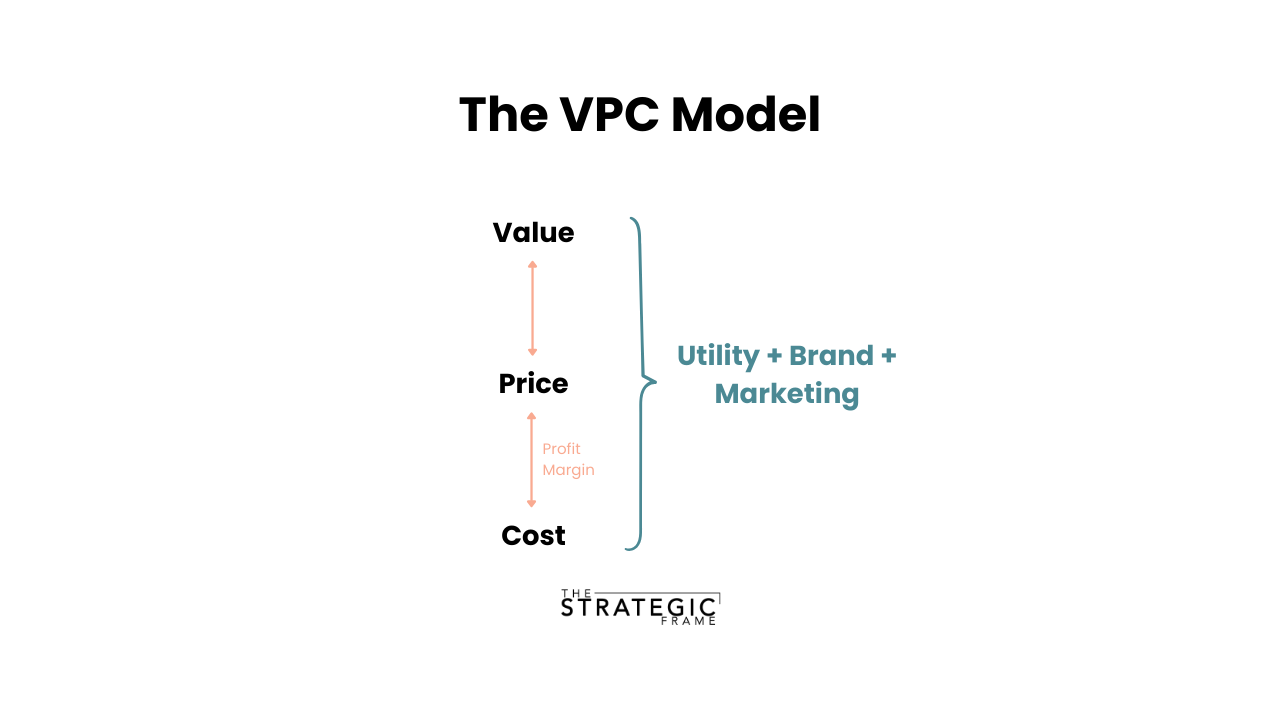
Cut through the noise and think like a strategist. Mental models, strategy frameworks, and decision tools to help you grow smarter, faster.
Get new articles in your inbox.

Risk/Reward Matrix
The Risk/Reward Matrix helps leaders evaluate opportunities by comparing potential payoff with the level of risk. It categorizes projects into four types: Oysters (high risk, high reward), Pearls (low risk, high reward), White Elephants (high risk, low reward), and Bread and Butter (low risk, low reward). By scoring and plotting initiatives on these two dimensions, organizations can see where to invest, scale, or divest, creating a balanced portfolio that blends innovation, growth, and stability.

Eisenhower Matrix
The Eisenhower Matrix is a time management framework that helps you prioritize tasks by evaluating two dimensions: urgency and importance. It divides your work into four categories: Do (urgent and important), Schedule (important but not urgent), Delegate (urgent but less important), and Delete (neither urgent nor important). By listing tasks, scoring them for urgency and importance, plotting them into these quadrants, and building an action plan, you can reduce reactivity, focus on high-value work, and make more intentional use of your time.

BCG Matrix
The Boston Consulting Group (BCG) Matrix is a portfolio management framework that helps organizations allocate resources and prioritize investments across their business units. It maps products on two dimensions: market growth rate and relative market share, categorizing them as Stars, Cash Cows, Question Marks, or Dogs. By clarifying which areas drive growth, generate cash, or consume resources, the BCG Matrix helps leaders balance short-term profitability with long-term strategic investment.

2x2 Matrix
The 2x2 Matrix is a simple but powerful framework for making complex decisions. By identifying two key variables, labeling each axis clearly, and naming the four quadrants to capture their meaning, you can visualize tradeoffs and uncover insights that lead to better choices. The process turns complexity into clarity and helps you move from analysis to action.

ZOPA in Negotiations
The ZOPA, or Zone of Possible Agreement, is the range where both parties’ acceptable terms overlap and a deal can actually be made. While your BATNA defines your best alternative if talks fail, the ZOPA defines whether an agreement is even possible in the first place. Understanding and actively managing this zone helps you focus on realistic deals, uncover hidden overlap, and expand the range of mutual benefit rather than chasing outcomes that cannot exist.

BATNA in Negotiations
When win-win outcomes are not possible, the key to leverage lies in your alternatives. Your BATNA, or Best Alternative to a Negotiated Agreement, defines what you will do if a deal cannot be reached. A strong BATNA gives you confidence, clarity, and power by setting the minimum terms you are willing to accept and ensuring you never negotiate from a place of weakness. The stronger your BATNA, the better your results, often without ever needing to use it.

The Shadow Negotiation
The Shadow Negotiation is a real decision-making process that happens before the official meeting. It is the quiet work of meeting with key stakeholders in advance to understand their interests, address concerns, and refine your proposal together. By building alignment ahead of time, you not only increase the likelihood of a “yes,” but you often create a stronger, more widely supported solution than if you presented it cold in the meeting.

Integrative Negotiations
Negotiations often default to a distributive mindset, where one side’s gain is the other’s loss. This zero-sum approach can overlook opportunities to create better outcomes. Integrative negotiations take a different path by uncovering the underlying interests of each party and finding ways to meet those interests simultaneously.
In practice, integrative solutions are more common than we assume. By asking the right questions and exploring what truly matters to each side, many seemingly fixed conflicts can be resolved in ways that benefit everyone involved.

The Camel Principle
The Camel Principle shows that adding something temporary can turn an unsolvable problem into a simple one, just like borrowing a camel makes the 17-camel riddle work. In business, a short-term resource such as a consultant or a well-run meeting can unlock clarity, save time, and create more value than it costs.

The Value-Price-Cost (VPC) Model
Most leaders think of pricing as a matter of costs and margins, but this overlooks the customer’s perception of value. The Value-Price-Cost (VPC) Model reframes pricing as a ladder: cost at the bottom, price in the middle, and perceived value at the top. Profitability comes from keeping price above cost, but sustainable growth comes from raising perceived value. By investing in brand and marketing, businesses can create goodwill, loyalty, and repeat purchases. This turns pricing into both a financial and strategic advantage.

